Here in Hebei, you’ll find the most diverse landscapes in China. Within its borders are mountains, hills, basins, plains, grasslands, and coastlines. Hebei is also home to the most magnificent sections of the Great Wall of China, including Laolongtou, Shanhaiguan, and Jinshanling, each engraved with the rich history and ancient charm of a beautiful China. Additionally, a futuristic city with aspirations for the next millennium is rising on the North China Plain. This is Hebei.
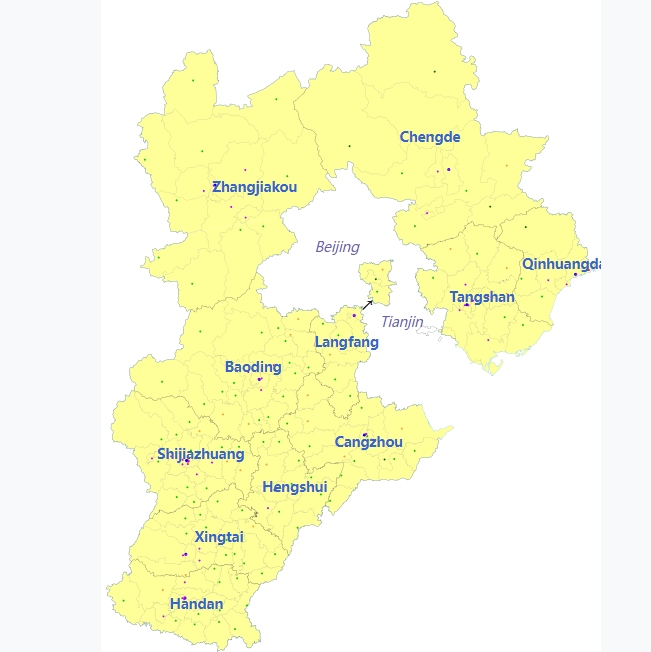
Map Display of Hebei Administrative Divisions
ONE, HEBEI, A MINIATURE OF “NATIONAL GEOGRAPHIC”
Located in northern China, Hebei is bordered by the Yanshan Mountains to the north, the Yellow River to the south, the Taihang Mountains to the west, and the Bohai Sea to the east, with Beijing and Tianjin at its heart. There’s a description of Hebei that captures its essence: it is the only province in China with such a diverse array of landscapes, featuring grasslands, beaches, deserts, lakes, plateaus, plains, mountains, and forests, earning it the title of a “National Geographic in miniature.”
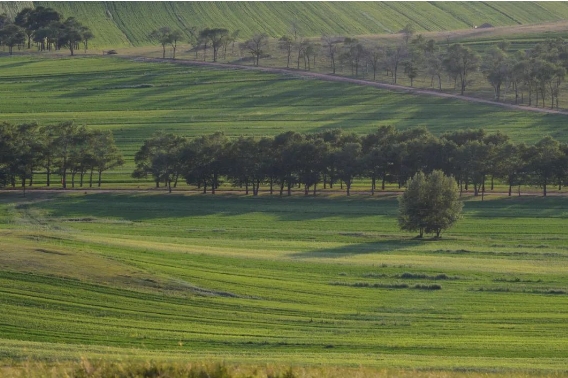
Zhangjiakou Kangbao County Grassland

Beidaihe Pigeon Nest Park in Qinhuangdao
Feel the romantic allure of sandy deserts.

Zhangjiakou Saiwai Desert
Enjoy the sparkling lakes.

Baiyangdian Lake in Xiong’an New Area, known as the “Pearl of North China”
Marvel at the vibrant plateau landscapes.

Saihanba in Chengde
Take in the endless plains.

Wheat Fields in Jize County, Handan
Admire the towering, green mountains.

Yesanpo in Laishui County, Baoding
Discover the mysterious, quiet forests.

Saihanba Mechanical Forest Farm in Chengde
Hebei’s topography truly encompasses it all. Chengde, in particular, stands as a stunning “terrain model” of China. The western side of the Chengde Mountain Resort is mountainous, the northern side has grasslands, and the southeast is filled with plains and intricate water networks.
TWO, WHAT ELSE DOES HEBEI OFFER?
Here, you’ll find Handan, an ancient city and former capital of the Zhao Kingdom, known as a thriving commercial and industrial hub during the Warring States period. This “treasure city” is celebrated as the “City of Idioms,” with over a thousand idioms tied to its history: Learning to Walk in Handan, The Standoff between a Snipe and a Clam, Accepting a Rebuke with Gratitude, Empty Talk on Paper, Heading in the Opposite Direction, Burning the Boats, Rescuing the State of Zhao… and many more.
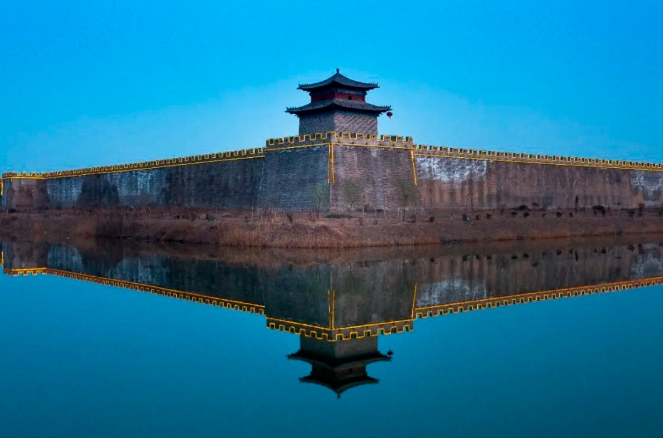
The Night View of Yongnian Ancient City in Handan
Xingtai, once the capital of the Shang Dynasty, is where Liu Xiu, the founding emperor of the Eastern Han Dynasty, declared his reign in 25 AD. This city also witnessed Xiang Yu’s famed strategy of “burning the boats” to secure a victory. With over 3,500 years of city-building history, Xingtai holds the title of “First City of Yan and Zhao.”
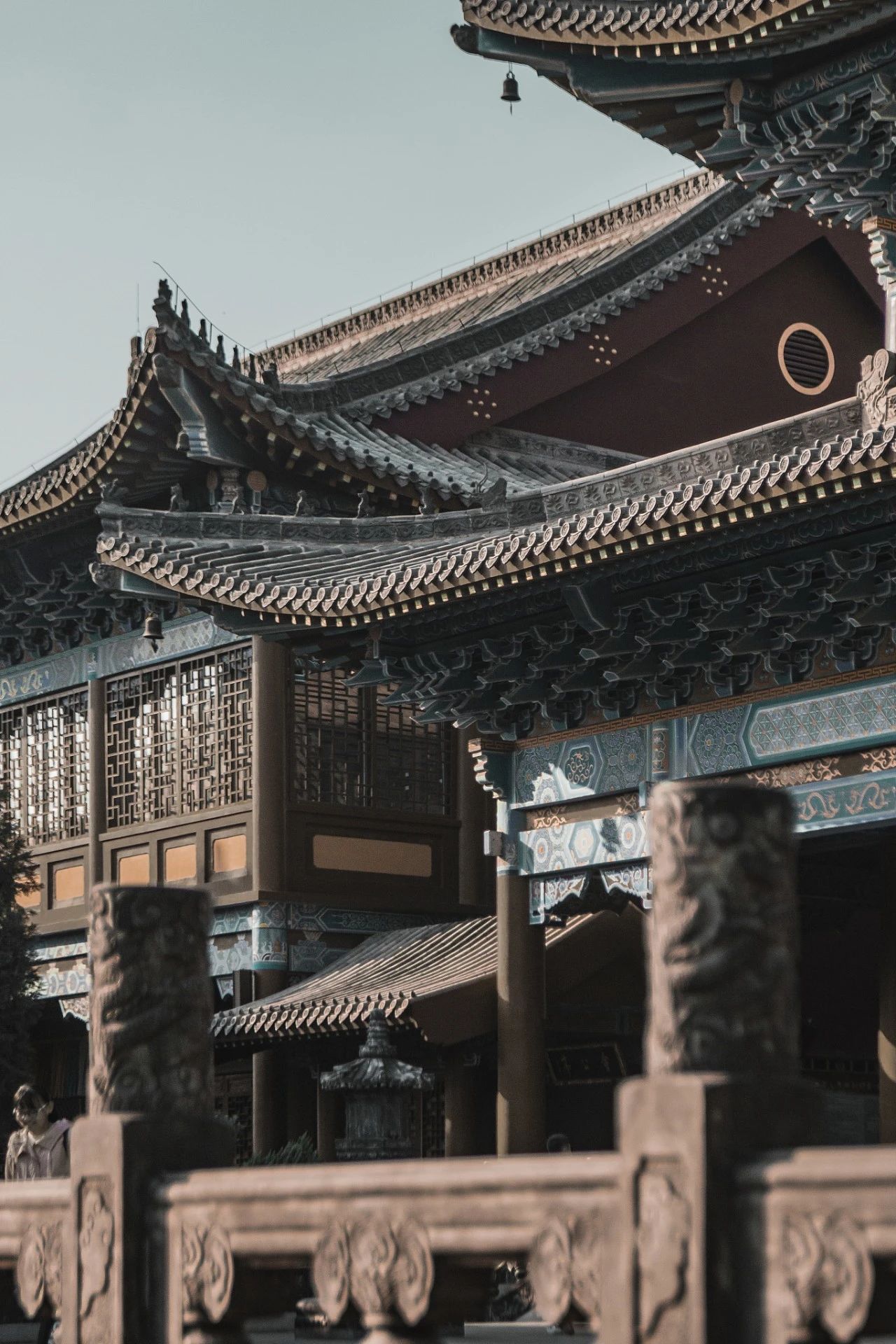
Dakaichuan Temple in Xingtai
The Ancient City of Yanxiadu (in present-day Yixian, Hebei) is the largest capital ruin from the Warring States period and has been honored as one of China’s “Top 100 Archaeological Discoveries of the 20th Century.” For more than 300 years, Yanxiadu was the capital of the Yan Kingdom. Among the artifacts uncovered here is China’s largest Warring States-era bronze door knocker, adorned with a magnificent dragon and phoenix motif.

Bronze Door Ring with Openwork Dragon and Phoenix Design
THREE, A VIBRANT AND DIVERSE REGION
As the capital of Hebei Province, Shijiazhuang boasts historic landmarks such as Xibaipo, where the founding steps of New China were taken, and the Zhaozhou Bridge, which is famous from elementary school textbooks. Shijiazhuang also holds the ancient city of Zhengding, with over 1,600 years of history. This city, much like its people, has a welcoming spirit and an unpretentious character—embracing everyone, whether you’re a Shijiazhuang native or a newcomer. If you have the courage to live authentically, this city will call you “one of its own.”
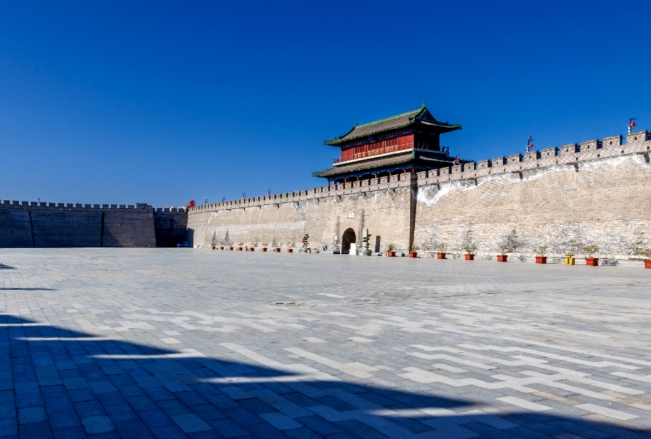
Zhengding Ancient Town, Hebei
In Shijiazhuang, one iconic dialect word is still in frequent use: Zhan, meaning “okay” or “it works.” A hearty Zhan expresses the enthusiasm and straightforward nature of the local people.
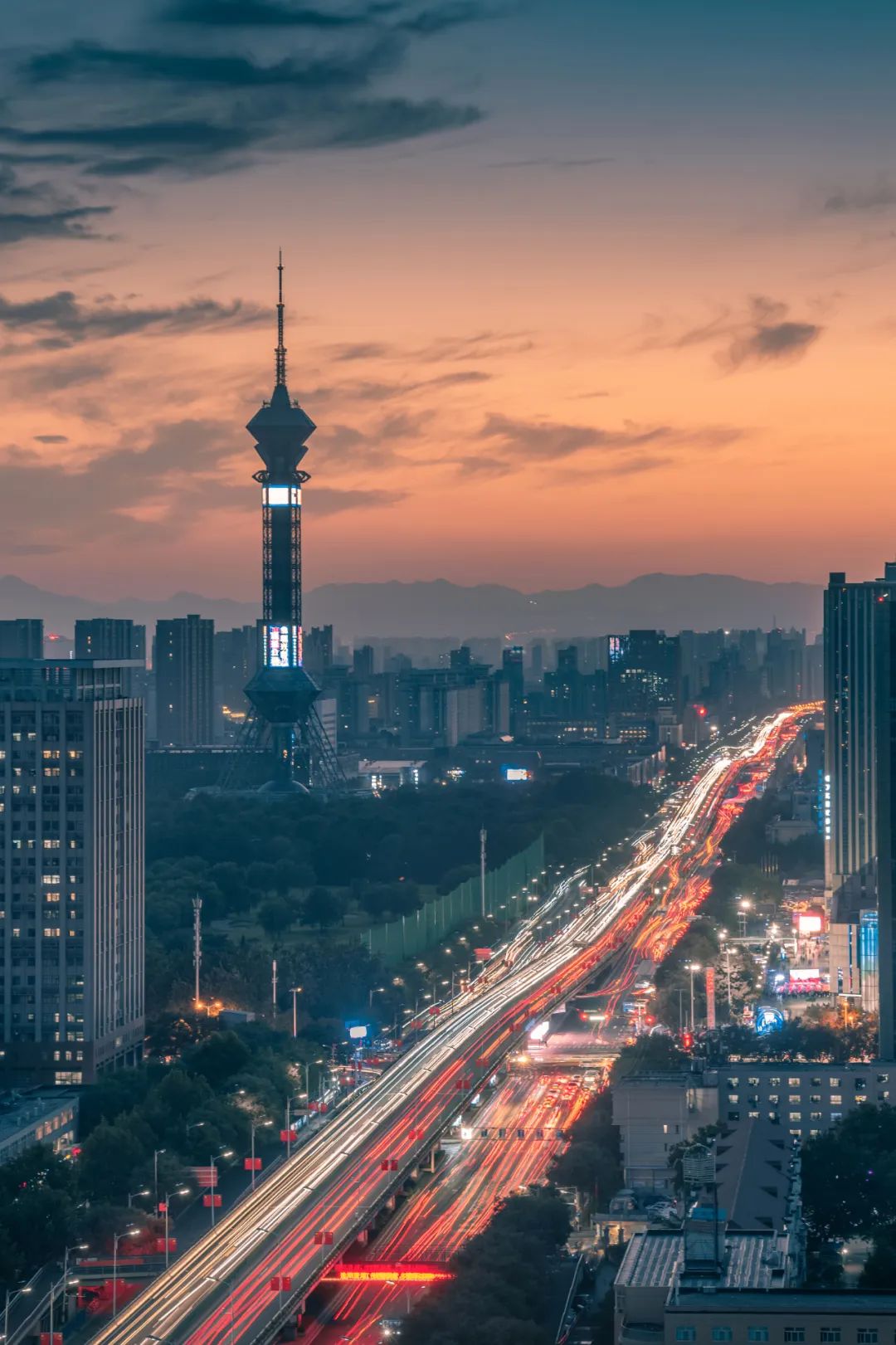
Shijiazhuang City Nightscape
Cangzhou, historically a coastal city, was once the northern starting point of the Maritime Silk Road. Today, with the Huanghua Port, it stands as one of the most prominent ports in northern China. Ranked among the nation’s top 20 international ports, Huanghua is unique in that it’s located within a county-level city.
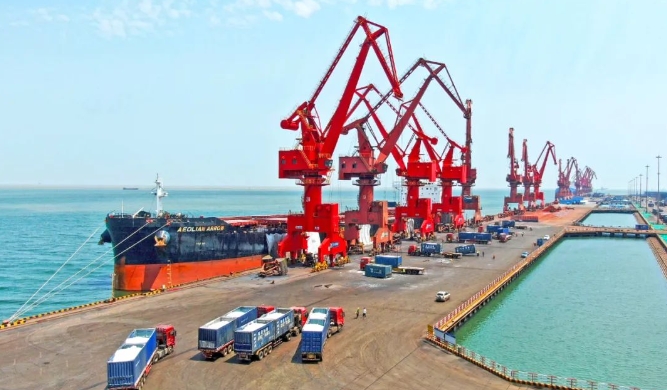
Cangzhou Huanghua Port
Known nationwide, Cangzhou’s Huoguo Ji (Hotpot Chicken) has gained popularity with its spicy Sichuan and Chongqing flavors, combined with a northern-style hotpot twist. No matter where they travel, Cangzhou locals often crave this classic hometown dish.

Cangzhou Hotpot Chicken
Xiongan New Area, which began as a “blank slate,” has, over the past six years, transformed into a city of the future across 1,770 square kilometers. This newly emerging city is setting standards for green living, intelligence, and openness.

Xiong’an New Area
Nowadays, commuting between Xiongan and Beijing has become increasingly convenient. The Beijing-Xiongan Intercity Railway allows you to reach Beijing West Station from Xiongan in just 50 minutes, and Beijing Daxing International Airport in only 19 minutes. Notably, on March 30 this year, Xiongan introduced its own exclusive license plate series, with the prefix “Ji X.”

Exclusive License Plate Series “Ji X”
FOUR, A VARIETY OF DIALECTS WITH DISTINCT FLAVORS
Due to its geographical location and historical interactions, Hebei boasts a rich diversity of dialects. People from Qinhuangdao often speak with a strong Northeastern accent, while the dialect in Langfang closely resembles Beijing’s pronunciation. The Baoding dialect is marked by its retroflex sounds, and Zhangjiakou speech is more akin to the Shanxi dialect, whereas Hengshui dialect has closer ties to the Shandong accent.

China’s “Hometown of Mandarin” is in Chengde.
Did you know that Chengde is known as the “Hometown of Mandarin”? Here, “Mandarin is the local dialect, and communication is seamless.” During the Qing Dynasty, as the Summer Palace was constructed, a significant population migrated from Beijing to Chengde. This migration introduced and blended Beijing’s official dialect, laying the foundation for the Chengde dialect we hear today.
On the Spring Festival Gala stage, the works of Zhao Lirong became household names. She is a representative of the Tangshan dialect, having repeatedly showcased it in her sketches, bringing the Tangshan dialect into the national spotlight. Can you recall any of her classic lines?
FIVE, A CULINARY PARADISE WITH ENDLESS DELIGHTS
Hebei’s rich terrain and abundant resources translate into a diverse and flavorful culinary scene that you’ve likely experienced (or at least heard of). Let’s start with Donkey Meat Huoshao. Hebei is primarily divided into two styles: Hejian and Baoding. Hejian donkey meat pastries are long and thin, encased in a golden, crispy skin that shatters with a satisfying crunch, revealing a soft and tender interior.

Hebei Donkey Meat Fire Pastry
On the other hand, Baoding donkey meat pastries are round and thicker. When freshly baked, they are crispy on the outside and tender on the inside, providing a fulfilling and satisfying bite.

Baoding Donkey Meat Pastry
When it comes to Shaobing, Shijiazhuang’s Canglu Shaobing holds a prominent place. These pastries are neatly stacked against the inner wall of the oven, and when they come out, they are fragrant and topped with white sesame seeds, making the world seem a little brighter.
Known as a “city served by trains,” Shijiazhuang is home to Anhui Beef Ban Mian, a local delicacy recognized by residents. Ban Mian is a traditional snack from Tianhe County in Fuyang, Anhui. In the 1980s and 1990s, many Fuyang residents ventured north for work, some of whom settled in Shijiazhuang, thus making this dish a true “railway cuisine.”

The “Anhui Beef Noodle” in Shijiazhuang is a well-recognized local delicacy.
Around the Chengde Summer Resort, you’ll find numerous specialty imperial dishes, such as Qilin Steamed Dumplings and Crystal Cakes, while chestnuts and almonds are also famous local products.
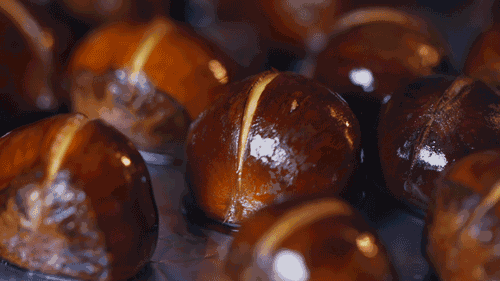
Chestnuts and almonds are also famous local specialties.
Dishes from Xingtai, Hengshui, Handan, and Langfang offer authentic Hebei flavors. The core taste of Hebei cuisine revolves around a rich, savory sauce that enhances the ingredients, making every bite palatable.

Pickled vegetables.
In Qinhuangdao, the motto “Eat what you depend on” is reflected in the seafood specialties. The fillings for seafood dumplings are varied, including crab meat, shrimp, crab roe, scallops, and hairtail fish.
Tangshan’s crispy sugar and sesame candy are also renowned. Crafted with precision, they melt in your mouth without sticking to your teeth.

Crispy sugar candy and sesame candy.
The cuisine in Zhangjiakou closely resembles that of Inner Mongolia, featuring succulent hand-pulled lamb and local specialties like Youmian Wowo (a type of noodle), which are hearty and substantial.

Buckwheat dumplings.
SIX, INFINITE BEAUTY AND POSSIBILITIES
- Beidaihe
Beidaihe District is located in the northeastern part of Hebei Province, southeast of Qinhuangdao City. Known historically as Yushui, it was part of the ancient state of Guzhu during the Yin and Shang dynasties. In 1948, Beidaihe was liberated and became part of Hebei Province, eventually being designated as a national tourism demonstration area in 2019.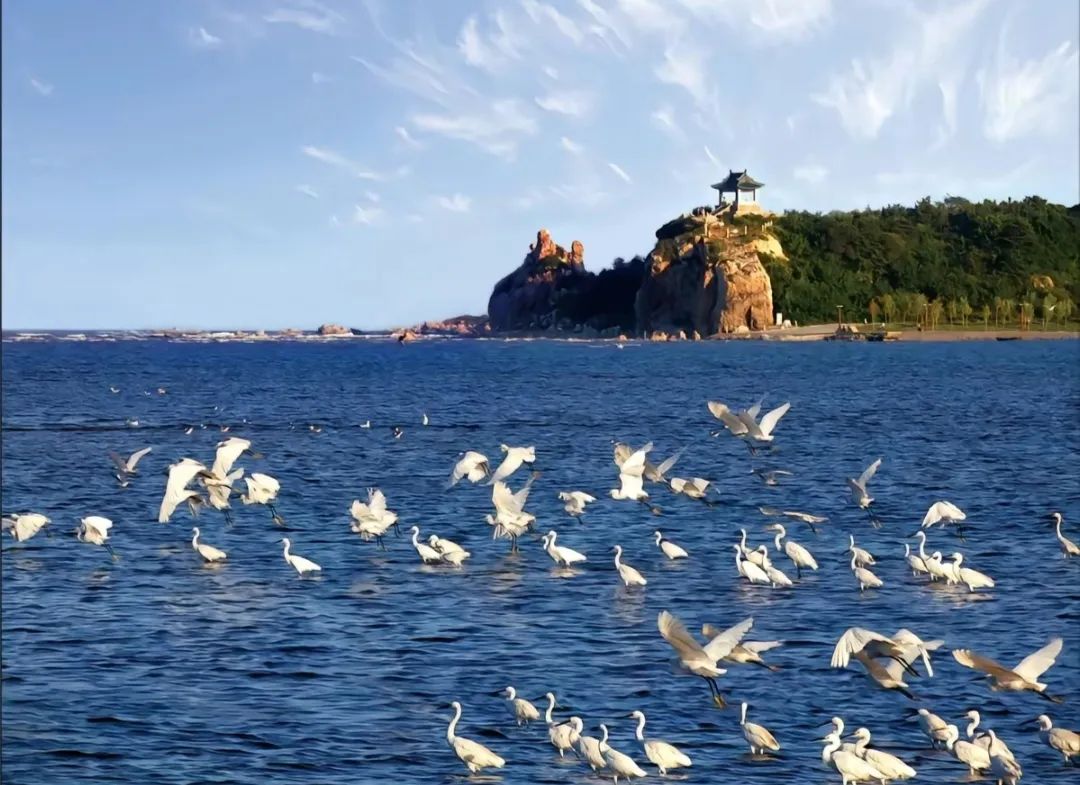
Beidaihe
- Baishi Mountain
Baishi Mountain, named for its white marble cliffs, features “Three Peaks, Six Terraces, Nine Valleys, and Eighty-One Peaks.” Its main ridge stretches over 7,000 meters, with the highest peak forming the Dragon Head of the North China Plain. Located in Laiyuan County, Baishi Mountain consists of over 100 independent peaks, with its highest point reaching an altitude of 2,096 meters.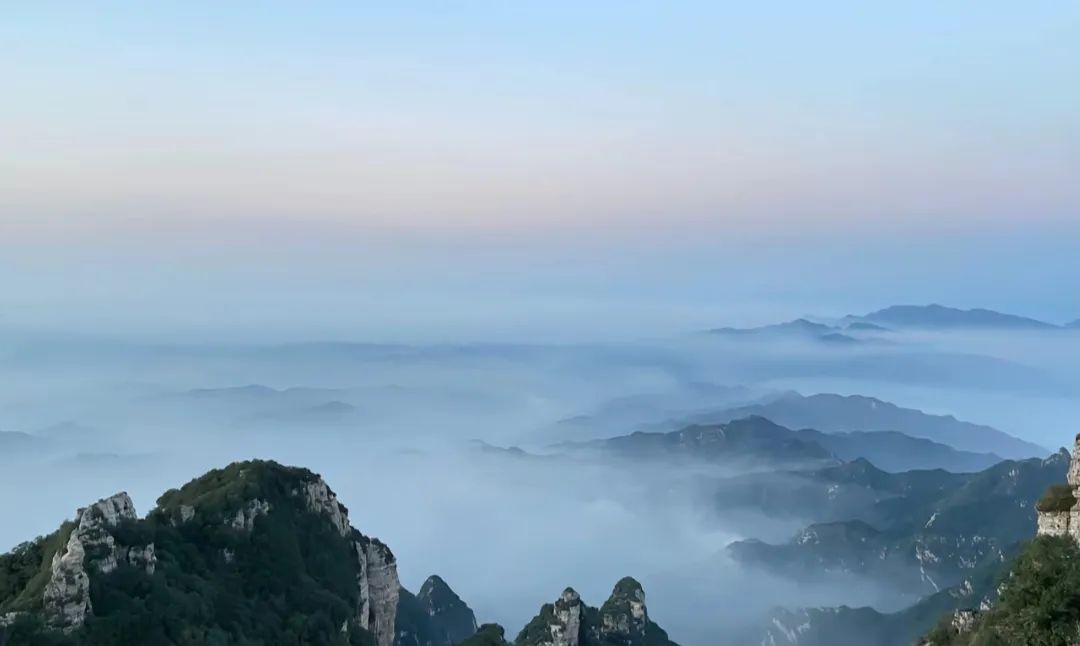
Baishi Mountain, Hebei
- Jinshanling Great Wall
The Jinshanling Great Wall, situated on the Jinshan Ridge of Luanping County, is an important section of the Ming Dynasty’s Great Wall. Established during the Longqing period, it features numerous watchtowers and fortifications, making it one of the most complex and densely constructed sections. Spanning 15 kilometers, it offers breathtaking views and is a favorite spot for photography enthusiasts.
Jinshanling Great Wall

Jinshanling Great Wall
- Summer Resort
The Summer Resort, located in Chengde, was established in 1703 and took 89 years to complete under the reigns of the Kangxi, Yongzheng, and Qianlong emperors. It served as a meeting place for the Qing government and foreign envoys, and it is the largest existing classical royal garden in China, comprising four main areas: the palace area, lake area, mountainous region, and plain area.
The Chengde Mountain Resort

The Chengde Mountain Resort
- Qibugu
Qibugu’s Tianjing Lake is surrounded by mountains on three sides, with a breathtaking waterfall cascading from the cliffs, creating a serene and picturesque setting. Located in Wu’an City, Handan, Qibugu is part of the Taihang tourist route, making it a great choice for self-driving trips.
The Seven-Step Valley in Handan

The Seven-Step Valley in Handan
- Longquan Ancient Town
Longquan Ancient Town is a high-quality scenic area that perfectly preserves the architectural style of the Republic of China era. It combines photography, entertainment, and museum visits, providing a unique immersive experience, especially stunning at night when lit up.
Longquan Ancient Town
- Shanhaiguan
Shanhaiguan, known as the “First Pass Under Heaven,” is located in the eastern part of Qinhuangdao City. It serves as the eastern starting point of the Great Wall and features a unique military defense system that integrates mountain, sea, pass, and city.
Shanhaiguan, renowned as the “First Pass Under Heaven.”
- Jingniang Lake
Jingniang Lake Scenic Area is located in the northwest mountainous region of Wu’an City, Handan, and is associated with the legend of Song Taizu Zhao Kuangyin sending Jingniang home. The area is rich in historical relics and boasts a serene autumn ambiance.
Jingniang Lake
- Yansanpo
Yansanpo, a national 5A scenic area and geological park, is home to the “World’s First Gorge,” Baichi Gorge, characterized by unique peak-valley landforms. Stretching over 105 kilometers, it is one of the largest and most spectacular scenic areas in the country.
Yesanpo Lixia Gorge, known as the “First Gorge Under Heaven”
- Guangfu Ancient Town
Guangfu Ancient Town, an important water city from the Ming Dynasty in northern China, is known for its historic charm, featuring ancient city walls and unique bridges like the Hongji Bridge, often referred to as the “sister bridge” of Zhao Zhou Bridge.
Guangfu Ancient City is an important Ming Dynasty water city in northern China.
This is Hebei, a land rich in cultural heritage and vitality, where rustic folk customs coexist with legendary chivalry.